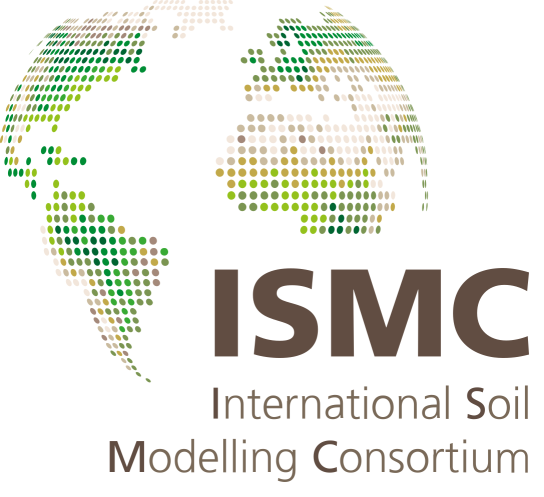Spatial heterogeneity of temperature sensitivity of soil respiration across China
- 1College of Earth Science, Chengdu University of Technology, Chengdu 610059, China(993572587@qq.com)
- 2College of Ecology and Environment, Chengdu University of Technology, Chengdu 610059 Sichuan, China( lxtt2010@163.com)
- 3State Environmental Protection Key Laboratory of Synergetic Control and Joint Remediation for Soil & Water Pollution, Chengdu University of Technology, Chengdu 610059, China( lxtt2010@163.com)
Soil respiration (RS), consisting of soil autotrophic respiration (RA) and heterotrophic respiration (RH), is the largest outflux of CO2 from terrestrial ecosystems to the atmosphere. The temperature sensitivity (Q10) of RS is a crucial role in benchmarking the intensity of terrestrial soil carbon-climate feedbacks. However, the heterogeneity of Q10 of RS has not been well explored. To fill this substantial knowledge gap, gridded long-term Q10 datasets of RS at 5 cm with a spatial resolution of 1 km were developed from 515 field observations using a random forest algorithm with the linkage of climate, soil and vegetation variables. Q10 of RA and RH were estimated based on the linear correlation between Q10 of RS and RA/RH. Field observations indicated that regardless of ecosystem types, Q10 of RS ranged from 1.54 to 4.17 with an average of 2.52. Q10 varied significantly among ecosystem types, with the highest mean value of 3.18 for shrubland, followed by wetland (2.66), grassland (2.49) and forest (2.48), whereas the lowest value of 2.14 was found in cropland. RF could well explain the spatial variability of Q10 of RS (model efficiency = 0.5). Temporally, Q10 of RS, RA and RH did not differ significantly (p = 0.386). Spatially, Q10 of RS, RA and RH varied greatly. In different climatic zones, the plateau areas had the highest mean Q10 value of 2.88, followed by tropical areas (2.63), temperate areas (2.52), while the subtropical region had the lowest Q10 on average (2.37). The predicted mean Q10 of RS, RA and RH were 2.52, 2.29, 2.64, respectively, with strong spatial patterns, indicating that the traditional and constant Q10 of 2 may bring great uncertainties in understanding of soil carbon-climate feedbacks in a warming climate.
How to cite: Yang, Z., Tang, X., Luo, X., and Shi, Y.: Spatial heterogeneity of temperature sensitivity of soil respiration across China, 3rd ISMC Conference ─ Advances in Modeling Soil Systems, online, 18–22 May 2021, ISMC2021-42, https://doi.org/10.5194/ismc2021-42, 2021.

